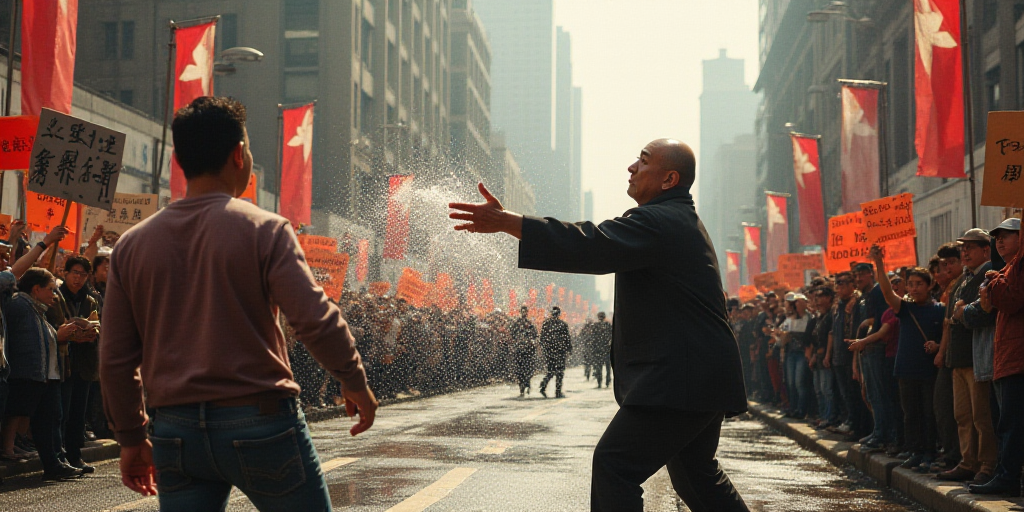Background on Nepal and its Prime Minister
Nepal, a small landlocked country in South Asia, has recently experienced significant political upheaval. The prime minister, K.P. Sharma Oli, faced intense protests driven by allegations of corruption and a lack of job opportunities. These demonstrations, primarily led by young activists, culminated in Oli’s resignation.
Social Media Restrictions and the Response
In an attempt to curb the spread of misinformation, Nepal temporarily banned major social media platforms like Facebook. However, activists such as Sandip saw this as an attempt to suppress their growing online movement against corruption. They swiftly adapted by using alternative platforms like Viber and TikTok to mobilize thousands of people, resulting in widespread protests.
Key Figures and Their Roles
- Sandip: A social media influencer who played a crucial role in organizing the protests. He used various online channels, including private virtual networks, to circumvent the ban and rally support.
- Gaurav Nepune: A 34-year-old Kathmandu resident who led some of the protests. He highlighted the youth’s opposition to corruption and their demand for an independent, corrupt-free government.
- Balendra Shah: A popular choice among protesters to replace Oli. Shah, a former rapper and composer turned Kathmandu mayor in 2022, is seen as a symbol of change and clean governance.
Contextual Factors Contributing to the Protests
Nepal faces significant challenges, including widespread poverty and unemployment. According to the World Bank, more than 20% of Nepal’s 30 million population lives below the poverty line. The youth unemployment rate exceeded 22% in 2022-23, exacerbating frustration and social tensions.
Economic Disparities
The economic gap in Nepal is stark, with the richest 10% earning more than triple that of the poorest 40%. This disparity, coupled with perceived government corruption and mismanagement, fueled public anger.
International Influence and Precedents
Nepal’s political landscape is influenced by its larger neighbors, India and China. Meanwhile, similar youth-led protests in neighboring Bangladesh last year forced Prime Minister Sheikh Hasina’s resignation, paving the way for a provisional government with student leaders under the guidance of Nobel laureate Muhammad Yunus.
Key Questions and Answers
- Who are the main protesters? The protests were primarily led by Nepal’s “Generation Z,” comprising young activists frustrated with corruption and unemployment.
- What were the protesters’ demands? The demonstrators called for an end to corruption, independent governance, and better economic opportunities.
- Who are some key figures in the movement? Sandip, Gaurav Nepune, and Balendra Shah played significant roles in organizing and leading the protests.
- What international precedents exist for such movements? Youth-led protests in Bangladesh last year resulted in the resignation of Prime Minister Sheikh Hasina and a provisional government with student leaders.






